March 11th, 2024
9minute read
Iexpected the elk to fold.
It was just 40 yards off.
Even in the 2 12x Alaskan, its shoulder was big as a car door.
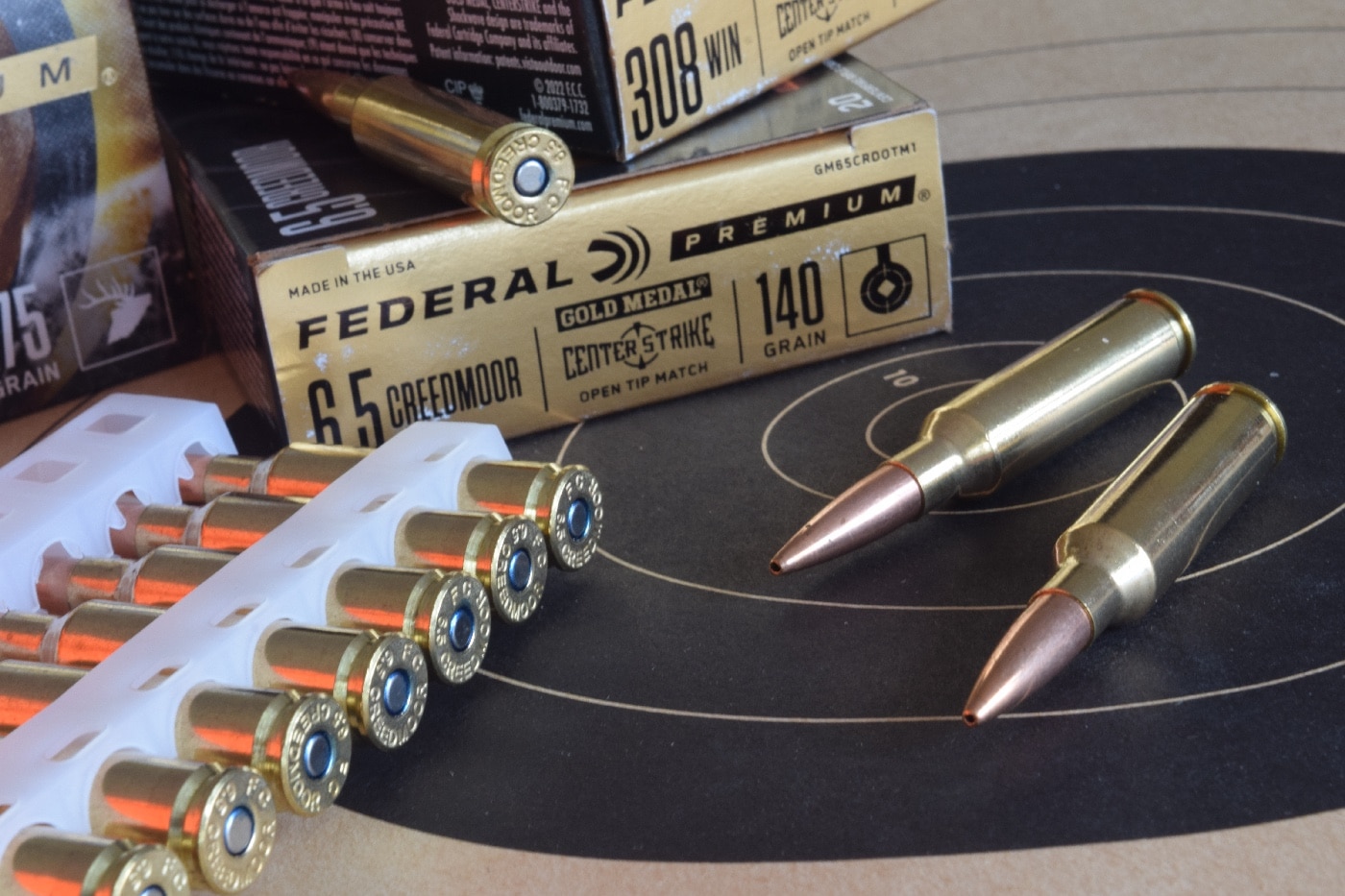
Open Tip Match (OTM) bullets are not the same as hollow-point bullets. While OTM projectiles promise flat, accurate flight, do they also offer humane kills?
Instead, it hopped ahead and stood, as if puzzled by the .270s report.
My first softnose had shattered on the scapula.
None of its shards had damaged vitals.
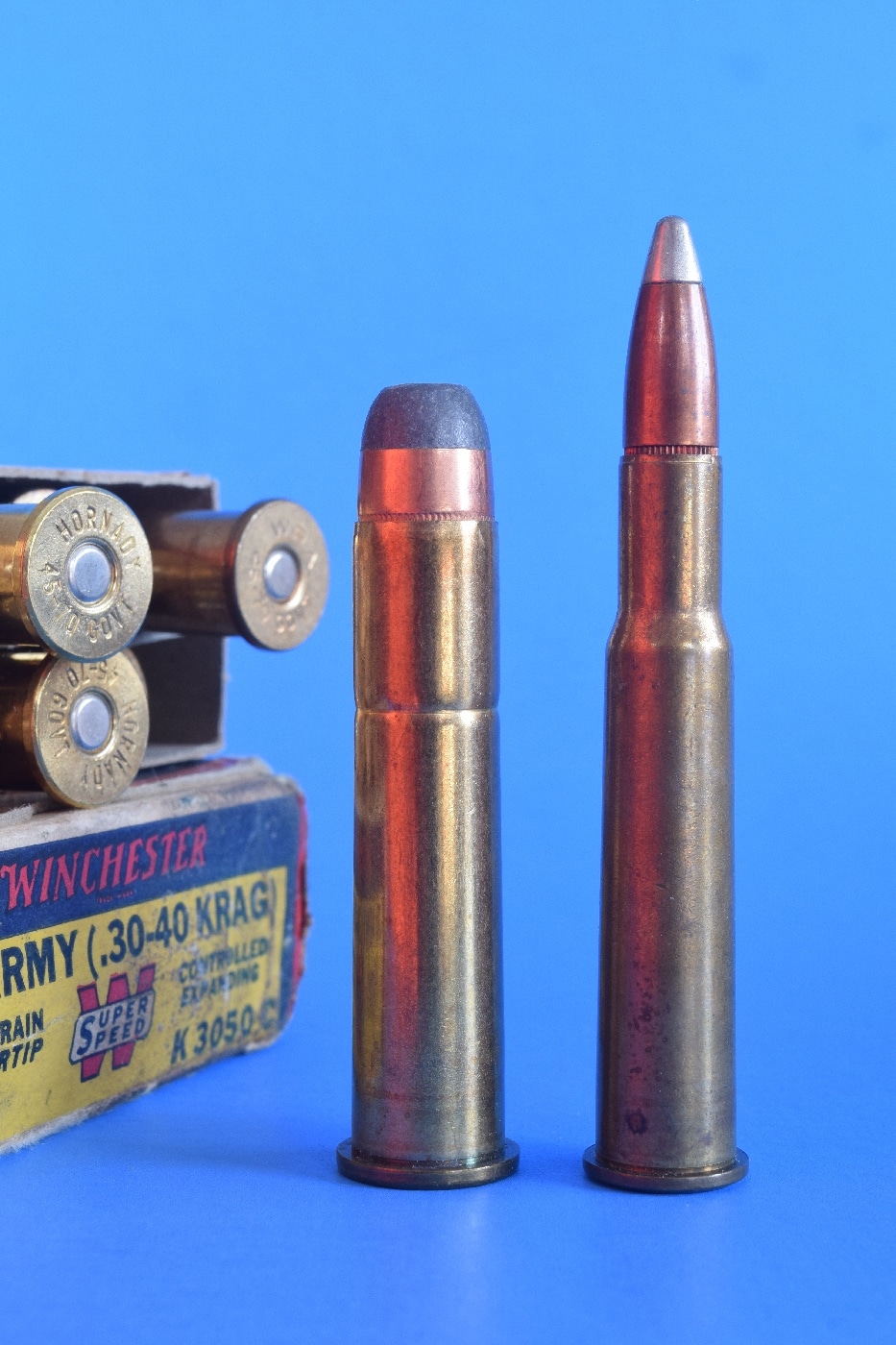
Early soft point bullets had lots of lead exposed for upset at low impact speeds. Winchester’s Sivertip followed the advent of smokeless loads hurling bullets at over 2,000 fps. A .45-70 round is shown to the left of a .30-40 Krag round.
The .375s blast sent the bull galloping off.
We followed, expecting a short trail.
But after a kilometer, prints showed the beast was keeping a brisk pace.
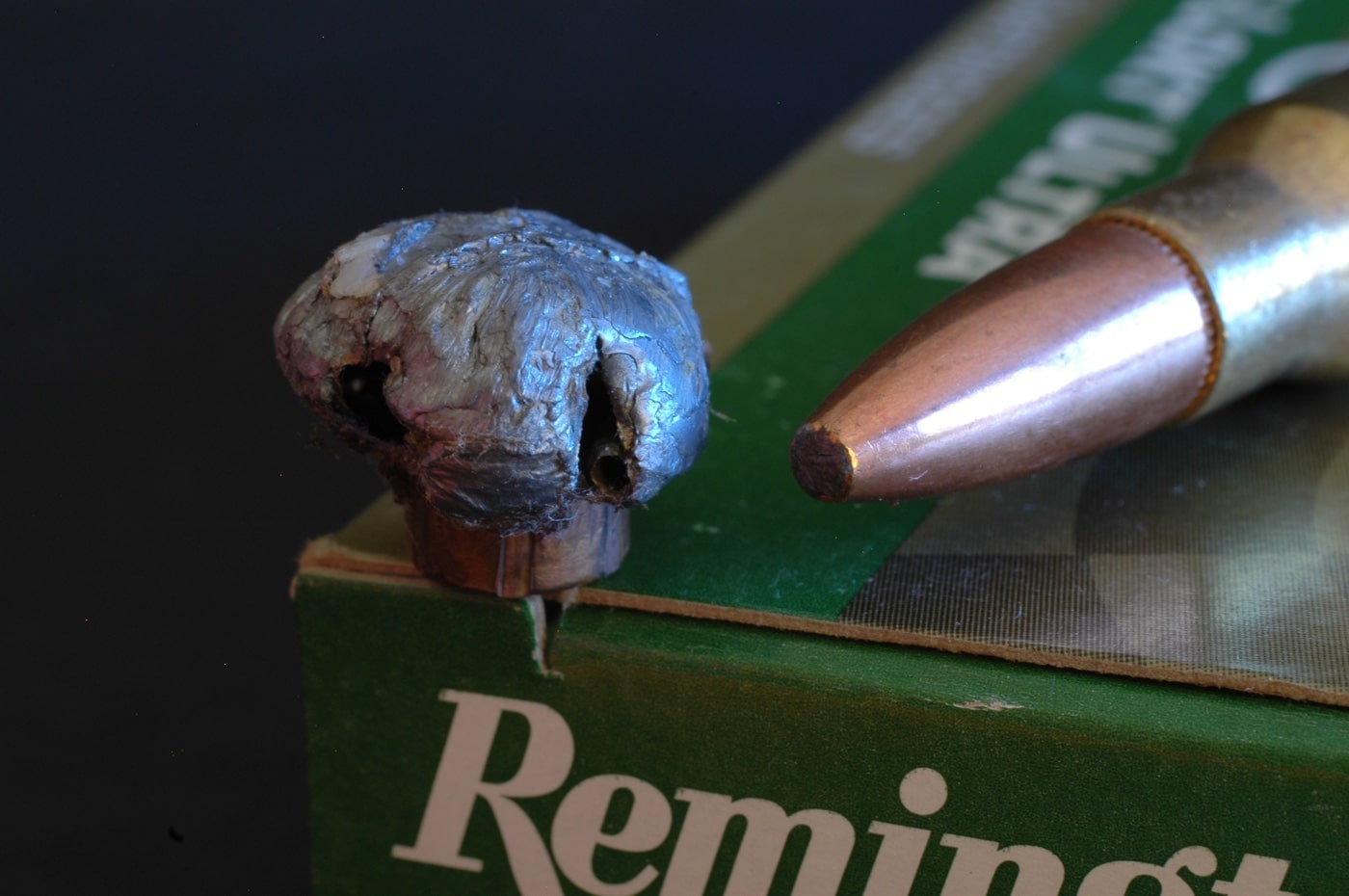
Remington introduced its inner-belted Core-Lokt in the 1930s. This is still a fine all-around big game bullet with good penetration and expansion.
How could that be?
A few minutes on, there he lay.
We dug the bullet from a hip.
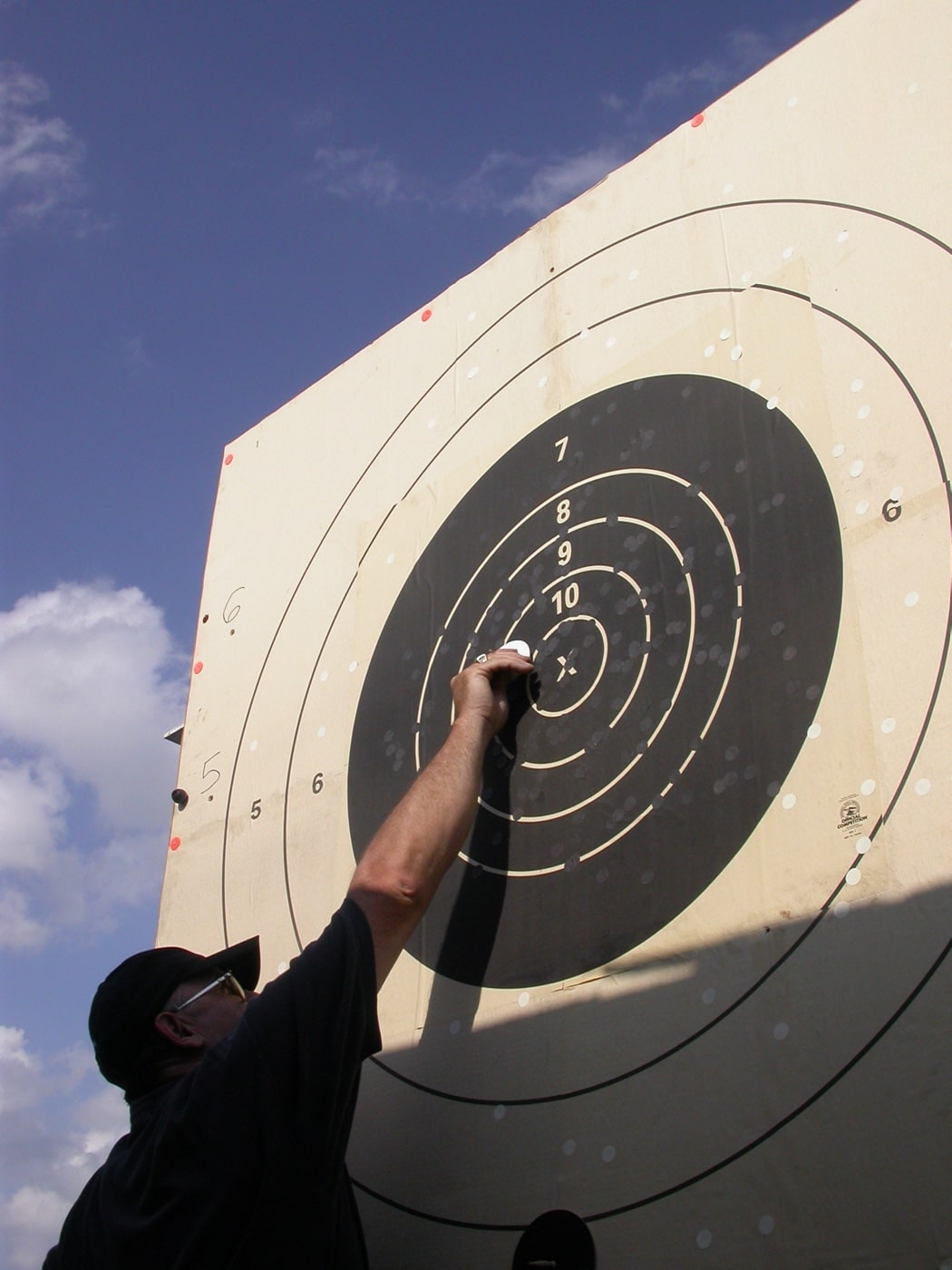
Sierra’s MatchKing hollow-point has an enviable reputation at 600 and 1,000 yards. It’s not for hunting.
The bullet had driven the length of the huge beast like a solid.
Expanding bullets can fail to behave as we expect in game.
Bones, muscles and gut contents dont replicate ballistic gelatin.

Ballistic gelatin shows how this match bullet disintegrated even at modest .308 velocity (2,600 fps).
Impact speeds and shot angles vary.
Mud, even water on an animals hide can affect bullet upset.
Thick lead bullets neatly killed bison, brown bears and Africas eland into the 1880s.
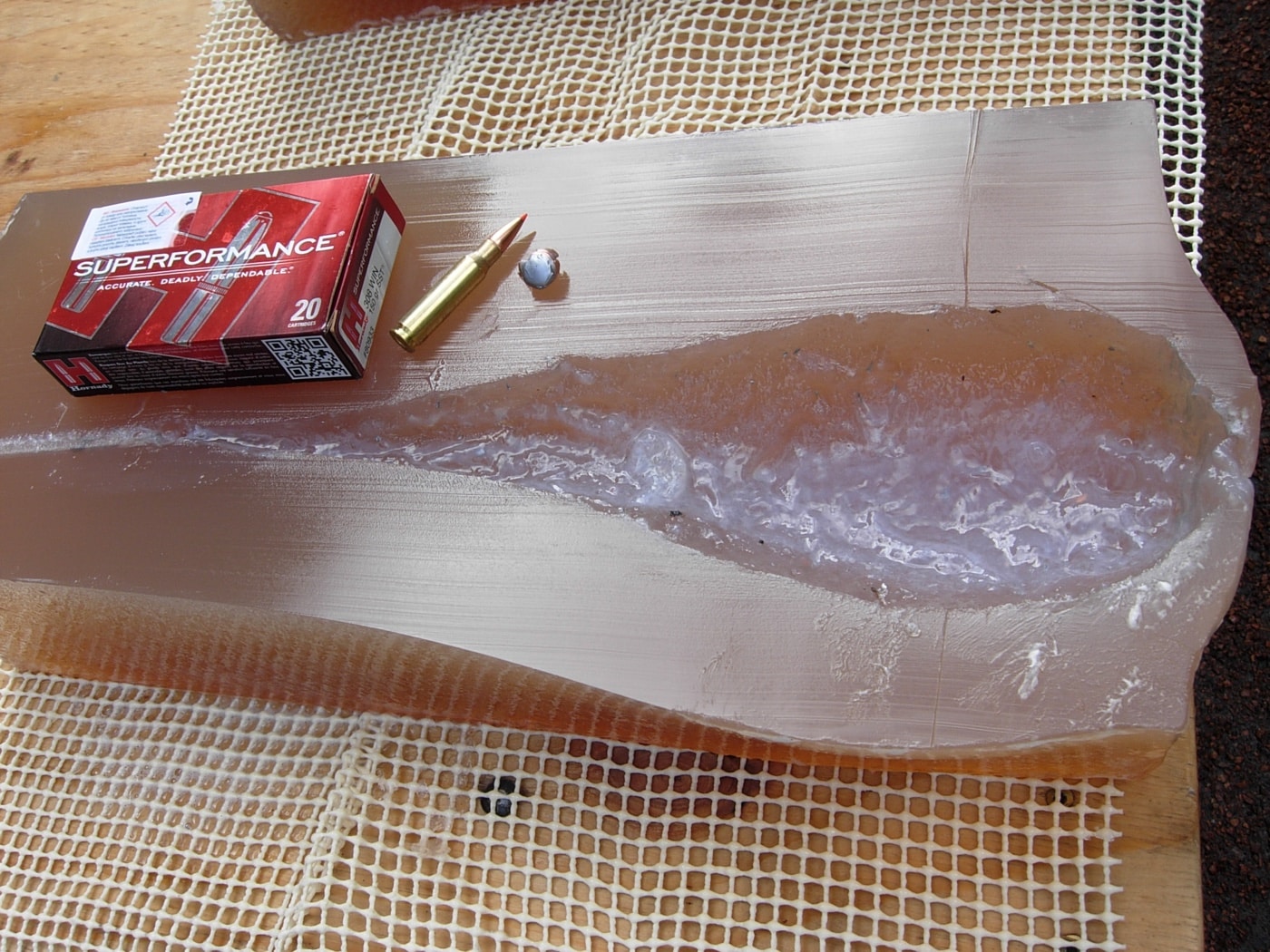
Hornady’s SST poly-tip hunting bullet, proven in gelatin, delivers lethal upset and penetration in game.
Then small-bore cartridges fueled by smokeless powder pushed velocities high enough to foul bores with lead.
Pass-through strikes wasted much of the energy imparted by high speed.
Other military powers followed suit.
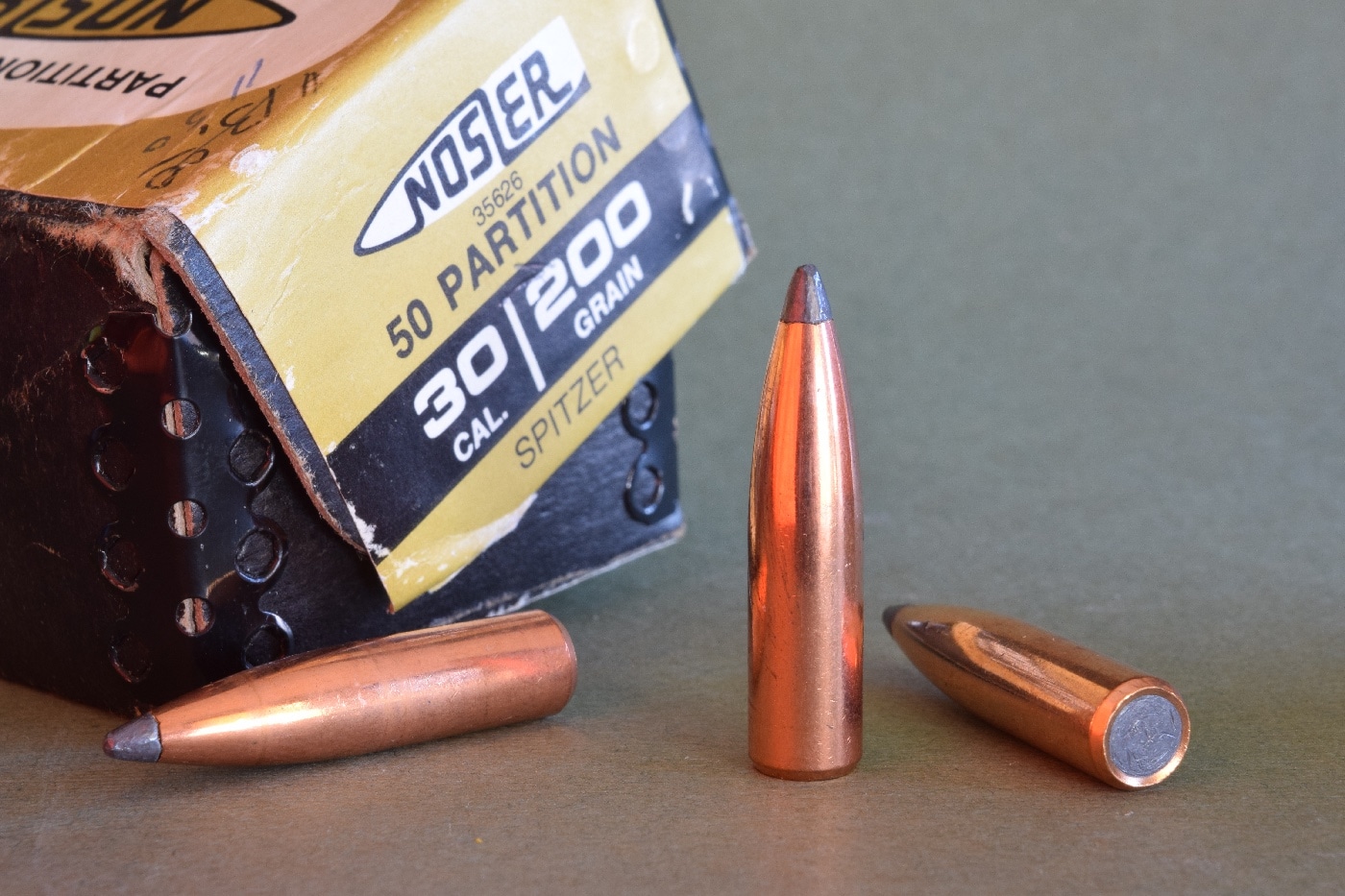
The author still favors John Nosler’s Partition bullet, circa 1947, for big beasts with thick muscle and bone.
Tin plating helped, but was abandoned when it was found to cold-solder to case mouths.
Incorporated in the jacket, tin fared better.
Jackets on both softpoint and hollowpoint hunting bullets are applied from the rear.
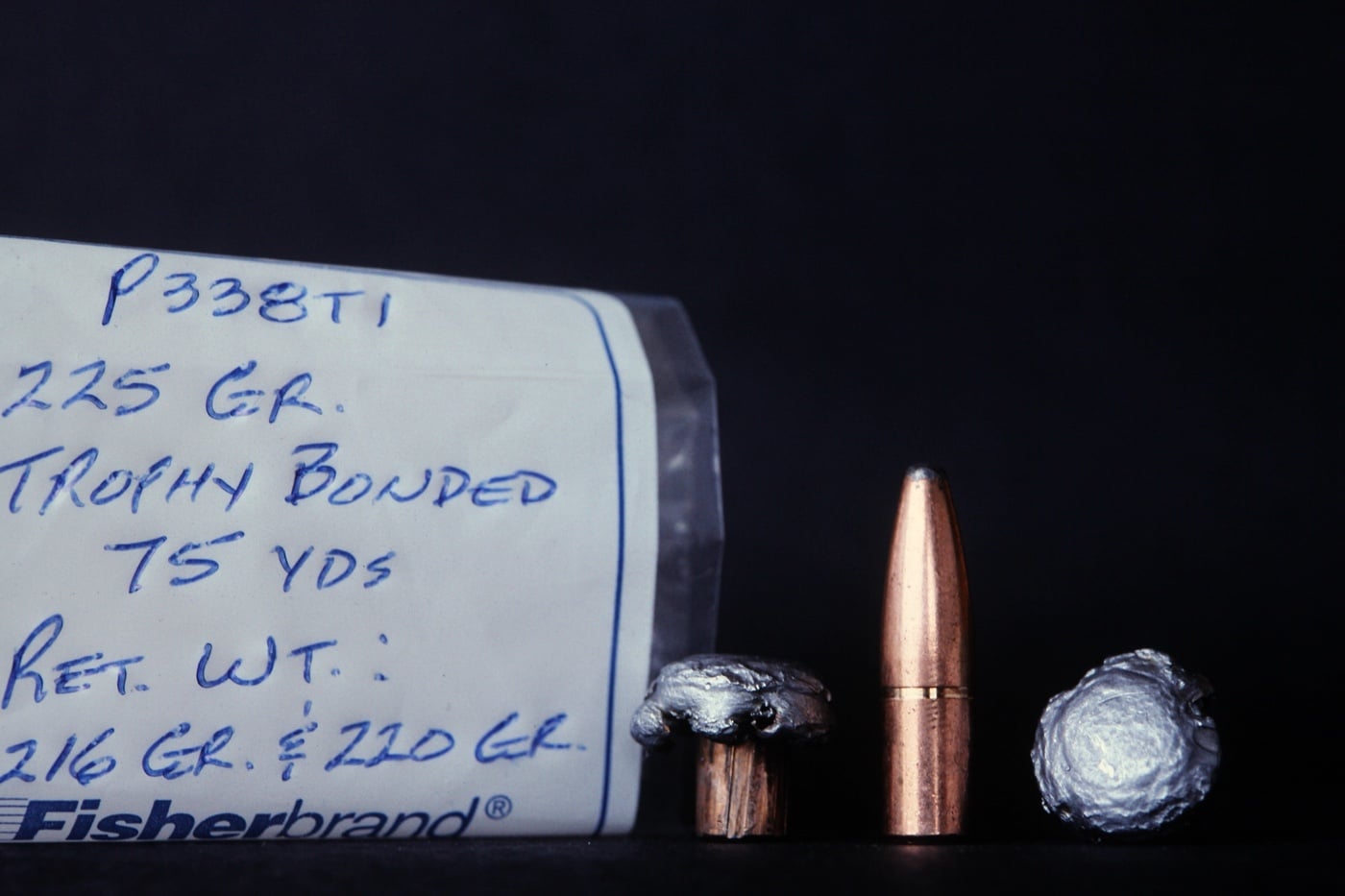
Jack Carter’s Trophy Bonded bullets, now by Federal, give double-diameter mushrooms and drive deep with 92 to 95 percent weight retention.
Most lead cores of jacketed bullets contain antimony to make them harder typically 2.5 percent.
A hard core best endures heat (bore friction) but fragments most readily on impact.
Winchesters Precision Point had a cone of jacket material over the bullet tip and anchored under the jacket proper.
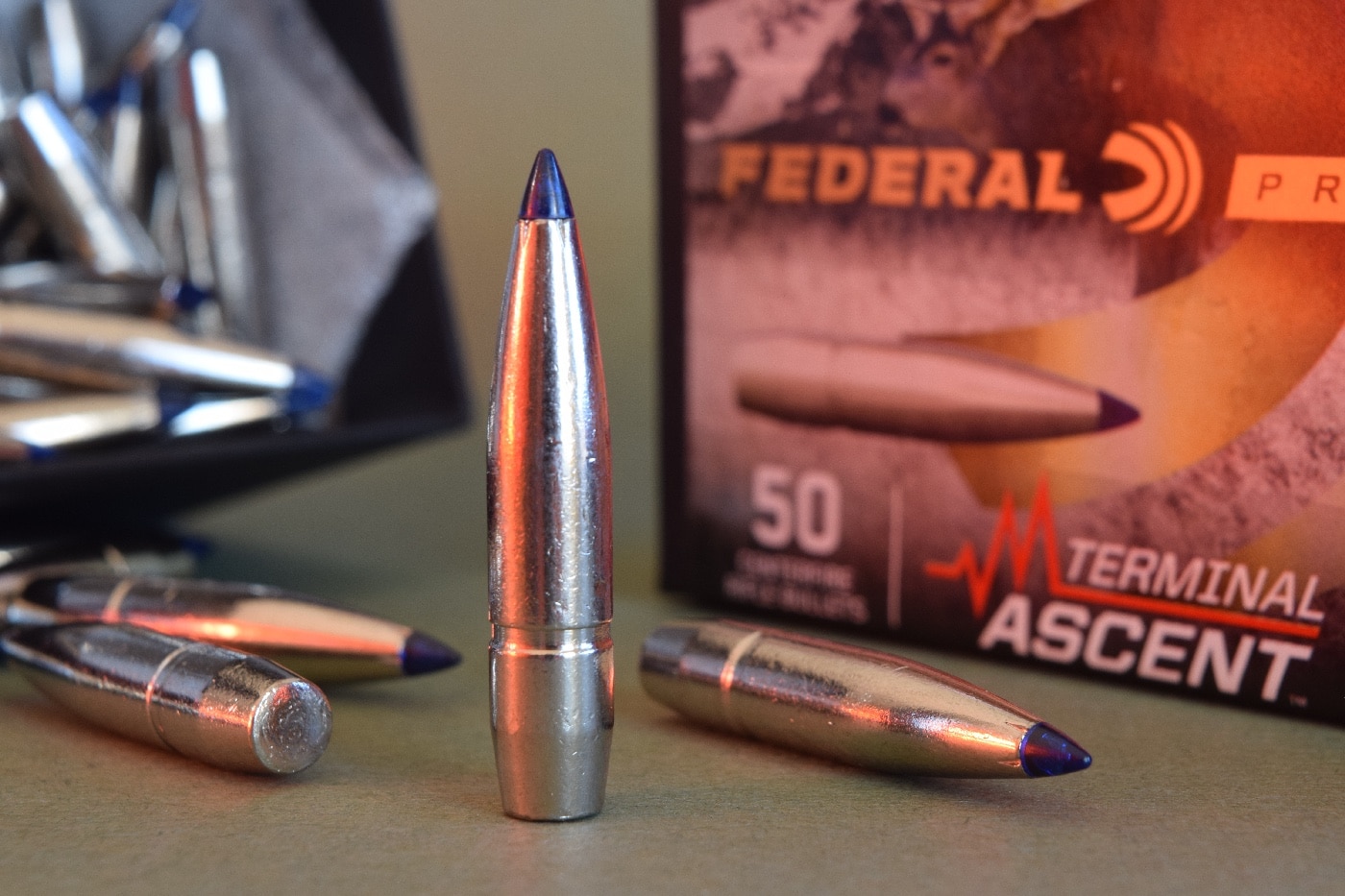
Bullets with high ballistic coefficients help you hit at distance. This one was designed to kill game, too.
Upset began at three lead windows at this juncture.
Peters Protected Point also had a nose cap.
Each Protected Point bullet required three hours and 51 operations to make!
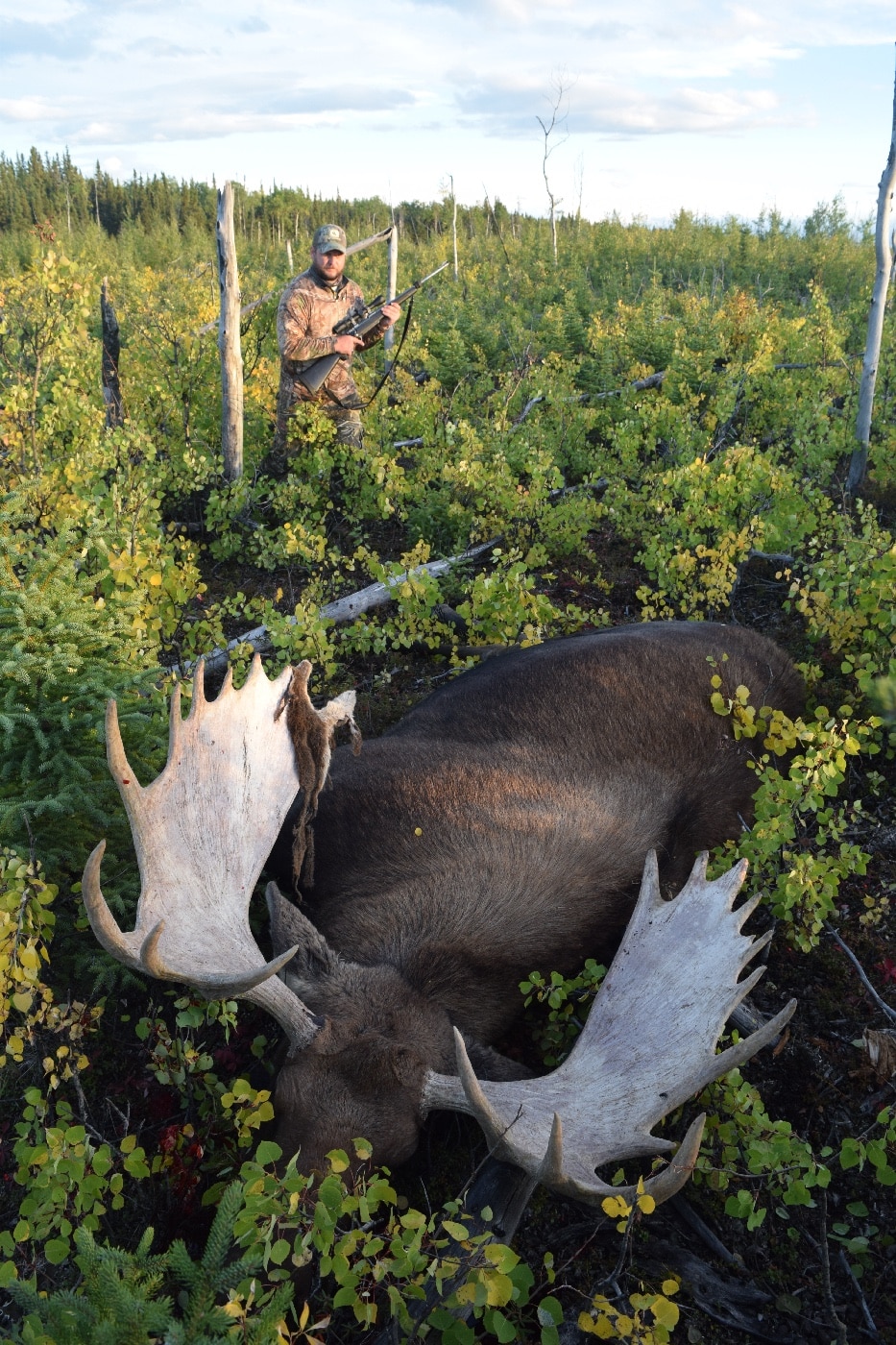
Most game is killed inside 200 yards — this moose, felled by a Hornady bullet from a .338 RCM, at 80.
A similar bullet without the band became Winchesters Silvertip.
During the 1930s, Remington developed its Core-Lokt bullet, a mid-section jacket belt resisting core-jacket separation.
Remingtons Bronze Point bullet had a conical tip metal tip that drove back into the core to prompt upset.

Despite its armor-piercing look, this sleek missile could rupture violently at high impact speeds.
Legions of polymer-tip bullets now share its peg-in-nose-cavity design.
Neither performed reliably in tough game.

Match bullets might pierce, tumble or mushroom, depending on several variables.
Hunting hollowpoints had thin jackets that extended above the cores.
DWM had a strong-jacket bullet, its cavity lined with copper tubing.

The Choices?
Still, most hunters used softpoints for deer and bigger game.
On deer they could be destructive.
The contagion of higher velocity had taken hold!
It would bring stouter softpoints.
In 1946 John Nosler hit a mud-encrusted moose several times with bullets from his .300 H&H.
At last, the beast expired.
John found his bullets hadnt driven deep enough.
The heel remained intact to drive deep.
Later jackets made by impact extrusion have a smooth, bright finish.
In the 1980s Lee Reed improved on the Nosler Partition with his Swift A-Frame, bonding the nose section.
A swaged jacket ring helps secure the core of Speers Grand Slam.
The shank of a TIG has a funnel-shaped mouth to accept the coned butt of the front section.
Upset begins at this juncture as well as at the nose.
The rear core opens slowest because its hardest.
A TUGs rear section fits into a cavity in the front section.
On impact, the nose gets slammed from both ends and opens violently.
The shank powers on.
Speer gave its Grand Slam bullet a two-part core, the rear section harder than the front.
The later Triple-Shock (TSX) had driving bands that improved accuracy.
Solid-copper hollowpoints now issue from nearly every company that makes hunting bullets.
They fly accurately and plow deep.
Weight retention routinely nudges 100 percent!
They typically deliver their best terminal performance within narrower velocity windows than lead-core bullets.
While tipped bullets predate WWII, only recently did polymer become useful tip material.
Color-coded to brand or diameter, theyre cosmetically and ballistically attractive.
In 2005 Hornady used a soft polymer to make pointed bullets for deer rifle cartridges like the .30-30.
Like hard-tipped pointed bullets, they fly flat and retain energy well downrange.
No bullet gets to 700 F quickly or stays that hot for long.
Doppler hasnt shown tip melt foranypolymer inside 300 yards.
Similar bullets have since appeared from other manufacturers.
Conclusion
So, which is best for hunting: softnose or hollowpoint?
I prefer heavy bonded softpoints for tough beasts at modest ranges.
But solid-copper hollowpoints have become hugely popular.
Theyre much more suitable for big game than were jacketed hollowpoints of my youth.
And they fly as flat as match bullets.
Tipped bullets lead-core and solid-copper have nose cavities.
So, arenttheyhollowpoints, too?
No bullet can yet match the killing effect of sound shot judgment and good marksmanship.
Go to forum thread




